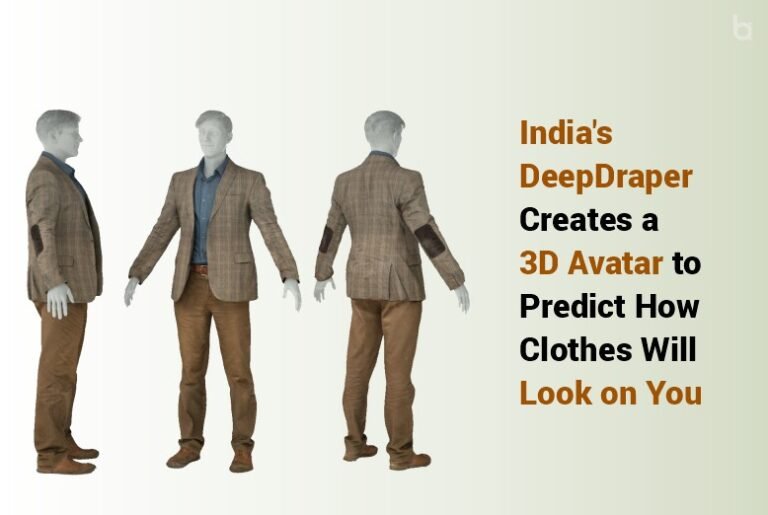Key Highlights:
- TCS Research India experts developed DeepDraper, a deep learning algorithm that predicts how clothing items would adapt to the contours of a person’s body.
- In a series of experiments, the researchers examined their DeepDraper approach, which showed to be more accurate and realistic in their projections.
- This functionality would enable it to be utilized on clothes websites online.
DeepDraper to enhance Virtual Trials
Virtual garment trials are the next big thing, and they have the potential to bring fashion and technology together. Deep-learning algorithms that can be used to digitally clothe a 3D avatar are being experimented with by computer scientists all around the world (digital versions of humans). India is also making advancements in this sector. TCS Research India experts developed DeepDraper, a deep learning algorithm that predicts how clothing items would adapt to the contours of a person’s body. While this technology is not new, researchers say that the new method is more exact. As a result, it enables a person to better grasp how a piece of clothing will seem on their physique.
This year, this approach was presented at the International Conference on Computer Vision (ICCV) Workshop.
One of the DeepDraper researchers, Brojeshwar Bhowmick, revealed how the technology works.
How DeepDraper works?
“DeepDraper is a deep learning-based garment draping technology that enables clients to visually sample items from a digital wardrobe on their own bodies in 3D,” he explained.
Virtual draping is performed after analyzing a customer’s photo or a brief video to estimate their 3D body shape, position, and body measurements. It obtains information about clothing from a seller’s digital wardrobe. The technology sends the customer’s physical measurements into a neural network, which predicts how the clothing will appear on the person’s 3D avatar.
In a series of experiments, the researchers examined their DeepDraper approach, which showed to be more accurate and realistic in their projections. The device may also drape clothing of various sizes on human bodies of diverse forms and qualities.
“Another essential characteristic of DeepDraper is that it is incredibly quick and can be supported by low-end devices such as mobile phones or tablets,” Bhowmick stated. The researchers intended to develop a lightweight system that required little memory and compute resources and could run in real-time.
“When compared to its close competitor Tailornet, DeepDraper is about 23 times quicker and nearly 10 times lower in memory footprint,” Bhowmick stated.
This functionality would enable it to be utilized on clothes websites online.
DeepDraper has now draped the garment on a static human body. The researchers intend to test human motions and animated drapery. They also intend to develop the technology used to drape loose and multilayered clothing such as dresses, gowns, t-shirts with coats, and other items.



